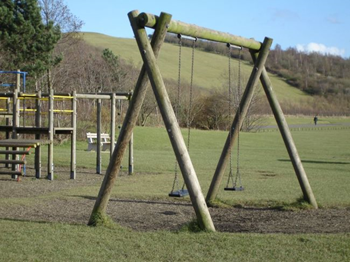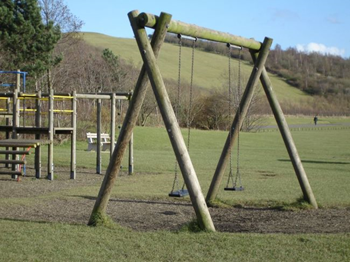Railway Sleeper INFO
What are railway sleepers made of NOW? And in the FUTURE? With thanks to Chris Lo for a great article What is the way forward? Wood, Concrete, steel or plastic? With ongoing track replacement and upgrades being carried out around the world, the railway sleeper market is huge. Chris examines the materials being used, from traditional timber to ultra-modern composites. Railway sleepers, or railroad ties as they are known in the US, are a somewhat unglamorous component of the rail industry. But these blocks, which are laid horizontally underneath tracks to hold rail lines in place at the correct gauge, form the backbone of rail travel. Millions of these vital blocks are manufactured and distributed every year to satisfy demand for network expansions and line upgrades. Apart from some experiments with stone block sleepers at the earliest stages of rail transport's development, timber has been the historically dominant material used for railway sleepers. Through the 20th century, new materials have emerged to respond to the need to accommodate higher axle loads and faster speeds. Here, we weigh up the advantages and disadvantages of the materials on offer. Wooden sleepers Given that wood has been used for the better part of two centuries to make railway sleepers, it is surprising that wooden railway sleepers still comprise the majority of the railway sleeper market. This is particularly the case in the US, where wood has a 93% share of the market – 16 million wooden railway sleepers are laid every year. It's no accident that timber's market ascendancy has never waned. The natural properties of wood (usually hardwood such as oak, but cheaper softwood has been used on lighter, less busy lines) are suited to providing a resilient track with excellent dynamic attenuation of impact loading as well as noise and vibration reduction. "Railway sleepers are laid horizontally underneath tracks to hold rail lines in place at the correct gauge." Wooden railway sleepers are also comparatively cheap, as well as light and easy to transport, install and maintain. The average timber railway sleeper weighs around 160lb-250lb, whereas an equivalent sleeper made of concrete could weigh anything up to 800lb. This means that wooden railway sleepers are quicker and easier to install initially and require little to no specialist equipment or vehicles for maintenance, which means cost-savings for rail operators. Proponents of timber for railway sleepers have also pointed to the strong second market for disused wooden railway sleepers. There is a booming business for reclaiming used railway sleepers as a hardy material for gardening and landscaping or to use as biomass fuel for cogeneration power plants. However, the majority of timber railway sleepers are soaked in coal tar creosote in order to protect them from environmental wear and insect infestation. Creosote extends the life of wooden sleepers (untreated timber sleepers usually have to be replaced every seven to 12 years) but is a toxic hazard which creates an added cost for disposal and has damaged the environmental credibility of the industry's traditional railway sleeper material. Wood is also far more susceptible to wear and tear than more modern sleeper materials. Operators are increasingly replacing timber with concrete or composites in areas where sun and damp can warp or rot timber.Visit the Railwaysleepers.com website for more information on Railway Sleeper INFO






